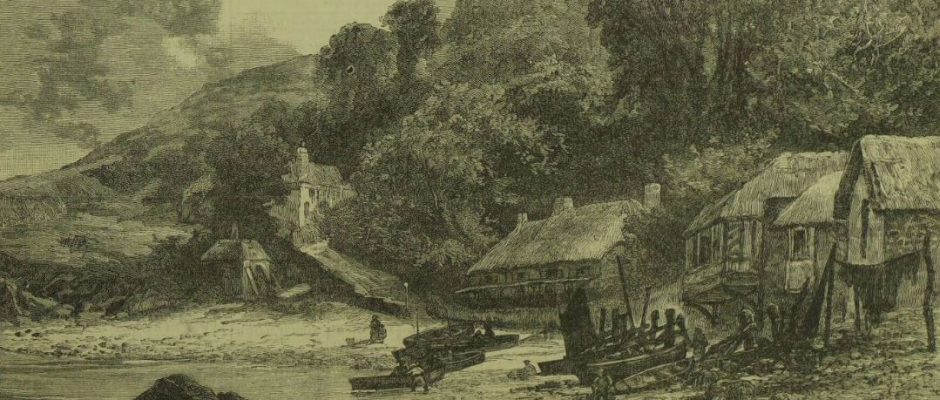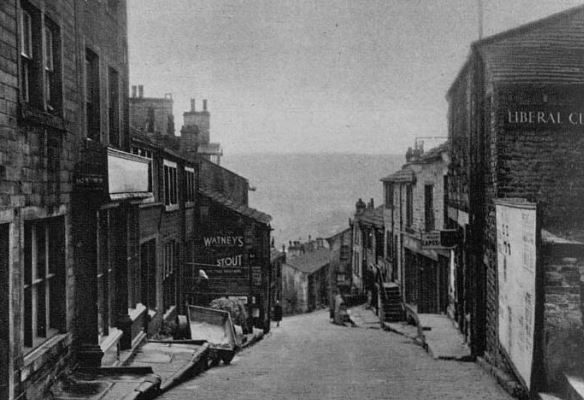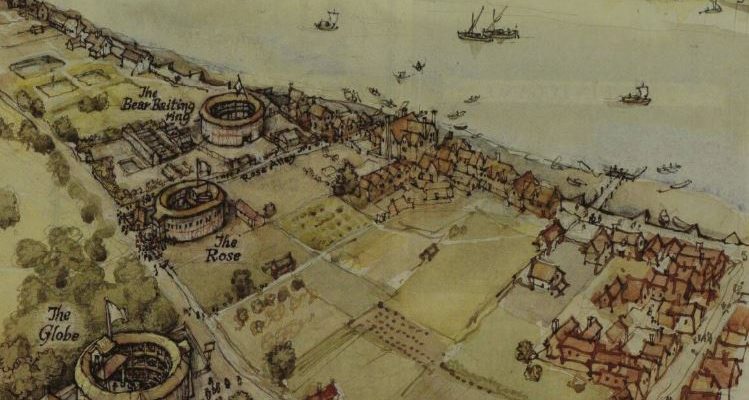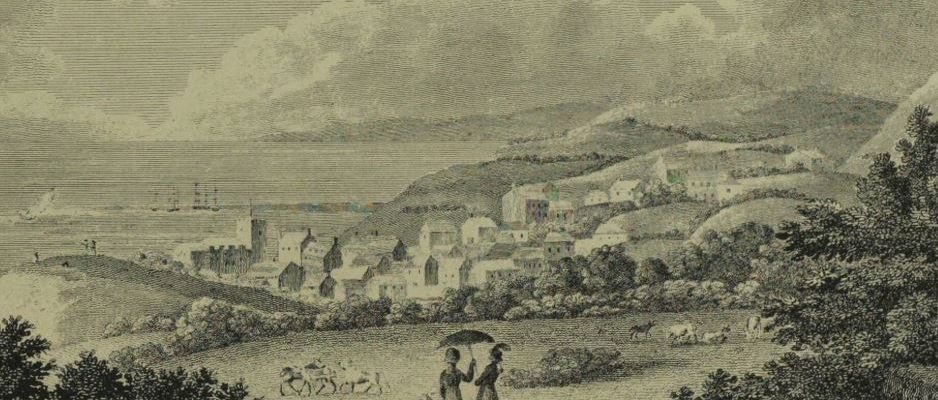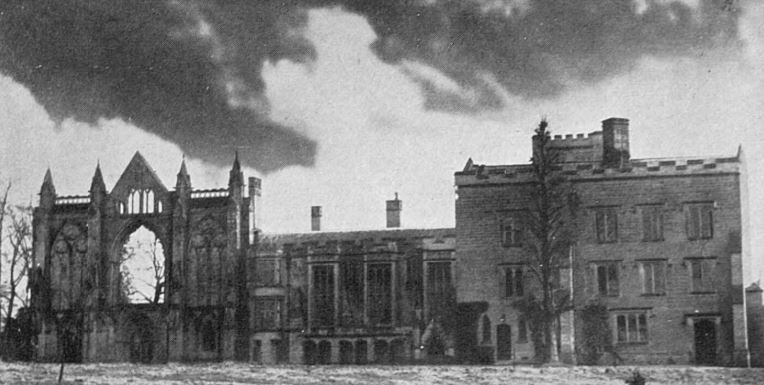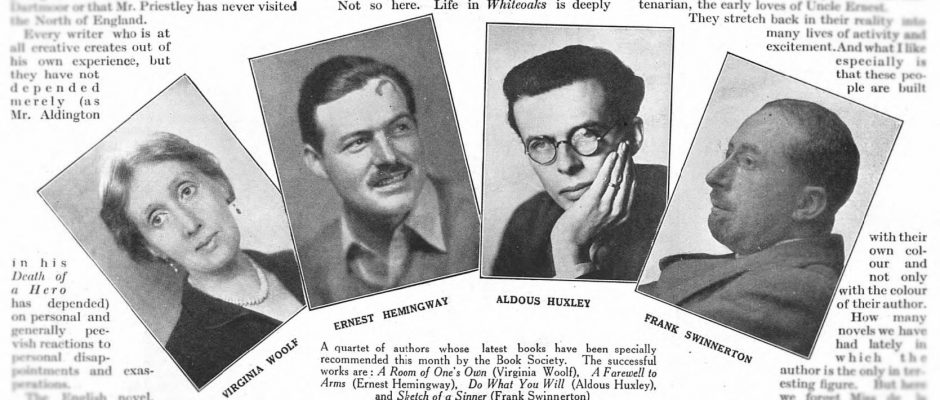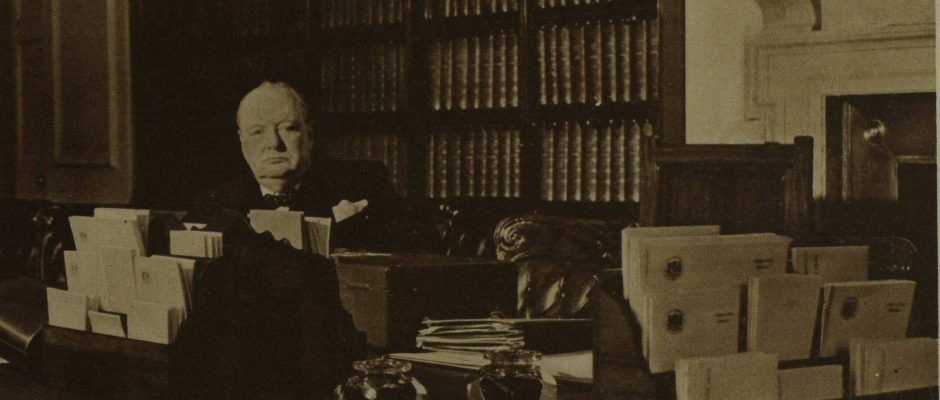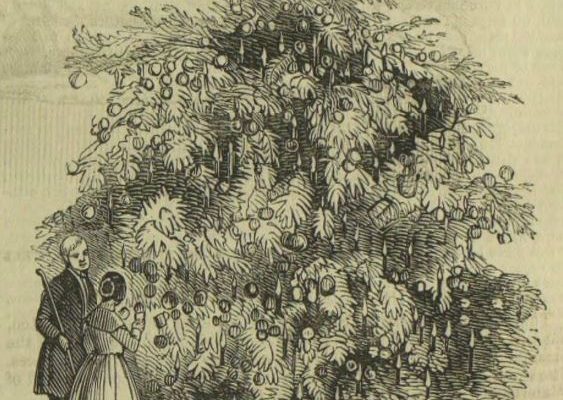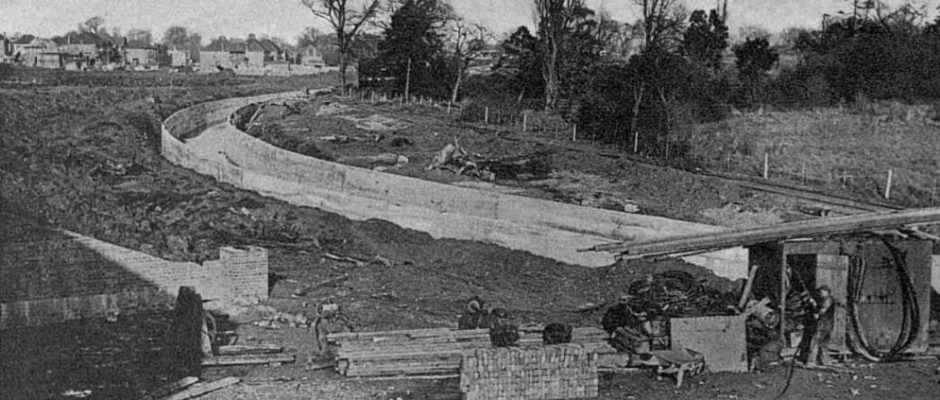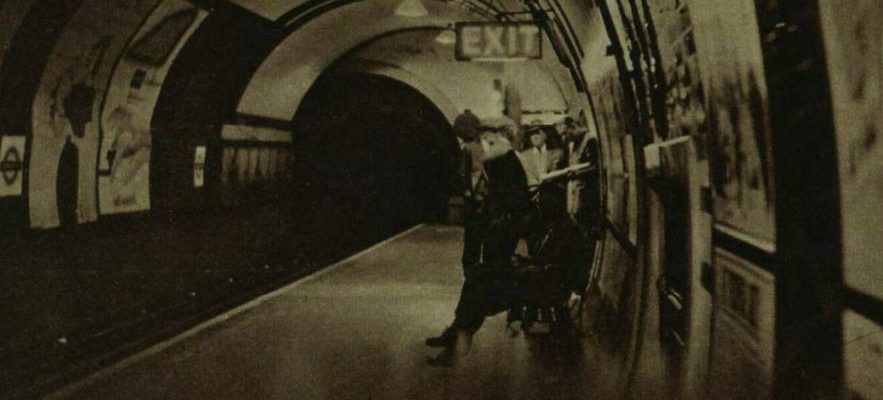In this special blog, using pages from the British Newspaper Archive, we take a look at one of the most notorious murders of the nineteenth century, that of Miss Emma Ann Whitehead Keyse, and the surprising fate that awaited her accused murderer, John Lee. Want to learn more? Register now and explore The Archive Emma Keyse was around the the age of sixty-eight, and lived in Babbacombe, just outside of Torquay, Devon. She was apparently a former lady-in-waiting to Queen …
Headlines from History
The Rev Patrick Brontë of Thornton, has been nominated to the Perpetual Curacy of Haworth, in the parish of Bradford, and has been licenced to the same by his Grace the Archbishop of York. Manchester Mercury | 14 March 1820 This rather innocuous announcement appeared in the pages of the Manchester Mercury on the 14 March 1820. At the time, it would have been considered fairly run-of-the-mill: a typical clergy appointment. But 200 years later, these short sentences conjure up a …
Tags
As Britannia & Eve relates, ‘In 1586 a young genius of twenty-two, already the father of twins, packed his bags, said good-bye to the fading charms of his older wife, and quitted his home in Stratford-upon-Avon to earn his living in London as an actor.’ This young genius was of course none other than William Shakespeare, about whose life precious little is known. But we do know that it was to London that the bard went, Dick Whittington-like, to pursue …
Tags
‘Disliking urban surroundings,’ Jane Austen ‘relied on the English countryside for her own happiness and for the background of her novels,’ so writes Wendy Hope in a 1975 Illustrated London News article. In this special blog, using pages taken from the British Newspaper Archive, we will explore the locations where celebrated novelist Jane Austen lived, wrote, and visited, and how they informed her novels. Want to learn more? Register now and explore The Archive Illustrated London News | 1 December 1975 …
Tags
THROUGH thy battlements, Newstead, the hollow winds whistle; Thou, the hall of my fathers, art gone to decay; In thy once smiling garden the hemlock and thistle Have choked up the rose which late bloomed in the way. So wrote the poet Lord Byron, inspired by his ancestral home of Newstead Abbey. Using pages from the British Newspaper Archive, this blog will explore Byron’s affinity with the ancient building, and how Newstead Abbey beat the odds to survive until the …
Tags
Novelist Edwin Muir attempted in 1926 to identify those writers who were ‘influencing the development of literature’ (Nottingham Journal, October 1926) in a series of essays entitled Transition. His choices, which included Virginia Woolf, James Joyce and D.H. Lawrence, amongst others, survived the test of time and as such represent the most celebrated authors of the modernist period. Graphic | 26 October 1929 Using reviews taken from the pages of the British Newspaper Archive, and limiting our search to only those …
Tags
This year marks the 80th anniversary of wartime Prime Minister Winston Churchill’s most famous speeches. Coming to power after the failure of predecessor Neville Chamberlain to secure peace, Churchill faced a titanic task, and it was through his speeches that he laid down his powerful mantra. In this blog we will take a look at public feeling around the potential for peace with Germany during the weeks that Churchill came to power, and contemporary reactions to Churchill’s speeches in the …
Tags
Imbued with Christian symbolism and yet born out of pagan tradition, the Christmas tree is an integral part of Christmas celebrations across the world. With between six and eight million real Christmas trees now sold in the United Kingdom alone, it is hard to think of a time when it was a new and exotic Continental import. In this special blog, using articles from the British Newspaper Archive, we will take a look at the history of the Christmas tree, …
Tags
I know a land where the wild flowers grow Near, near at hand if by train you go, Metro-land. Metro-land. The above pre-First World War verse written by George R Sims coined the phrase ‘Metro-land’ – that area of north west of Wembley served by what was then called the Metropolitan Railway, and is now known as the Metropolitan Line. In this blog, using articles found on the British Newspaper Archive, we will explore how the Metropolitan Railway shaped London’s …
Tags
Reading like a 1950s noire novel, or a Cold War thriller from the pen of John le Carré, the murder of Polish aristocrat Countess Teresa Lubienska on the platform of Gloucester Road Underground station shocked the nation, and provoked a massive man hunt that saw 18,000 people interviewed over the following months. Belfast Telegraph | 25 May 1957 Using contemporary articles found in the British Newspaper Archive, we explore the circumstances of Countess Lubienska’s murder, the possible motives behind her killing, …


